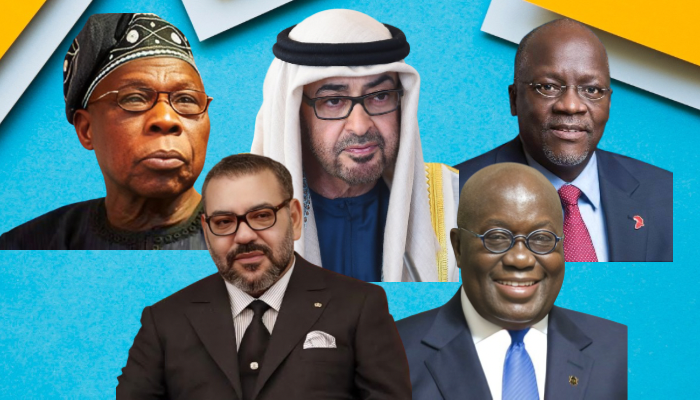KEY POINTS
- African energy leadership is reshaping global investment flows.
- Transparency and renewables are now central to policy shifts.
- Leaders drive Africa’s growing influence in global energy debates.
Energy debates are often dominated by Washington, Brussels, or Beijing, but Africa has steadily carved its own space in the conversation. Over the last two decades, a handful of leaders reshaped how oil, gas, and renewables are governed on the continent.
Their choices didn’t just affect local economies. They pushed international companies, financiers, and governments to rethink their approach to Africa altogether.
1. Obasanjo’s push for transparency reshaped African energy policies
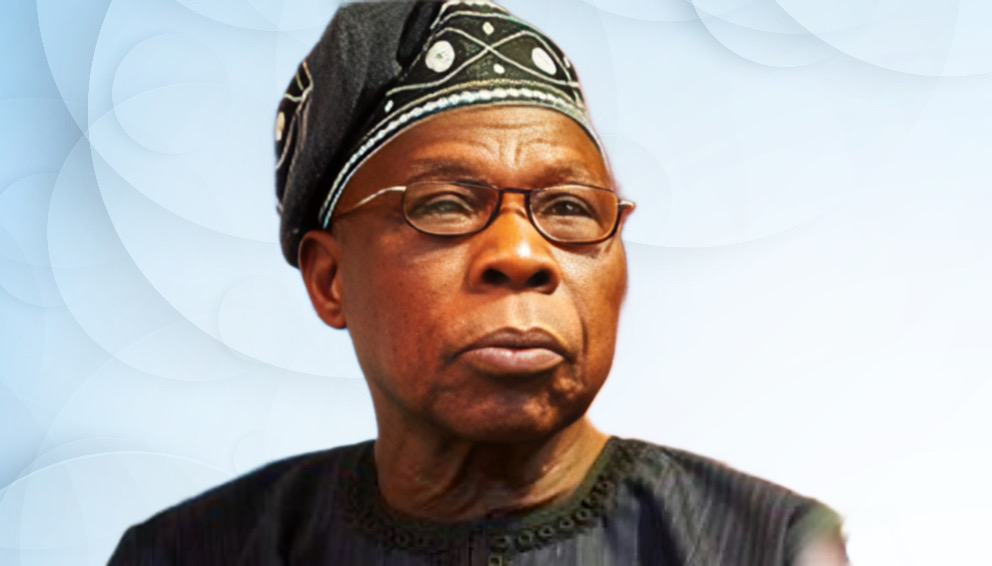
When Olusegun Obasanjo returned to Nigeria’s presidency in 1999, the country’s oil wealth was still tangled in secrecy. Billions of dollars passed through state accounts with little public scrutiny, while oil contracts were largely shielded from oversight. In 2004, he took a step that startled both allies and critics. Nigeria joined the Extractive Industries Transparency Initiative (EITI), becoming the first African country to adopt its standards.
That decision compelled oil companies to disclose payments to the government and forced state agencies to explain how revenues were used. It was a small administrative shift that created a precedent for transparency across the continent. For investors, it signaled that African producers could change the rules of the game, and for reform advocates, it was proof that the oil sector did not have to remain opaque.
2. Mohammed VI made Morocco a solar pioneer
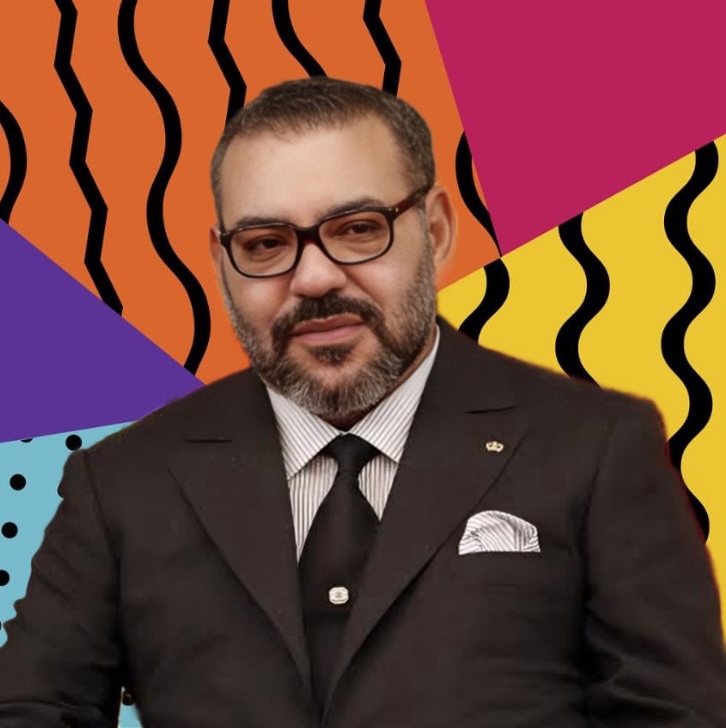
Morocco spent most of the early 2000s importing close to 90 percent of its energy needs. Instead of chasing uncertain oil prospects, King Mohammed VI moved the country toward renewables. The flagship was the Noor solar complex in Ouarzazate, built with backing from the World Bank and other global financiers.
Noor grew into the largest concentrated solar power plant on earth. Beyond providing electricity, it altered perceptions. Morocco proved that a lower-middle-income country could execute gigawatt-scale renewable projects. Today, clean energy accounts for more than a third of Morocco’s electricity supply, a ratio that sets it apart in North Africa.
3. Magufuli’s contract reforms left a mark on African energy policies
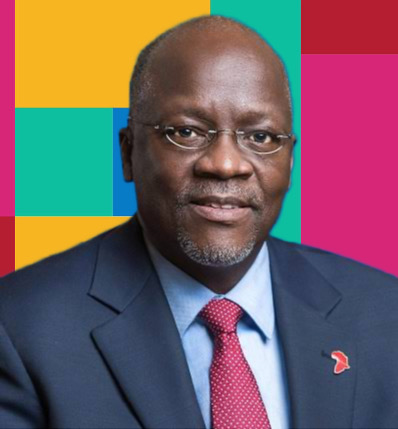
John Magufuli, Tanzania’s late president, was best known for his blunt political style. His energy reforms were just as bold. In 2017, parliament passed laws that gave the government powers to renegotiate existing mining and gas contracts. For multinational investors, the move was unsettling. Companies that thought they had decades-long stability clauses suddenly faced new tax demands, state equity provisions, and stricter local content rules.
Detractors called it resource nationalism, while supporters argued that Magufuli restored sovereignty over Tanzania’s natural wealth. Whichever way it was framed, the reforms rippled beyond Tanzania’s borders. Other countries, from Uganda to Mozambique, adjusted their negotiating stance with oil and gas investors, using Tanzania’s shift under Magufuli as an example.
4. Akufo-Addo advanced Ghana’s oil ambitions
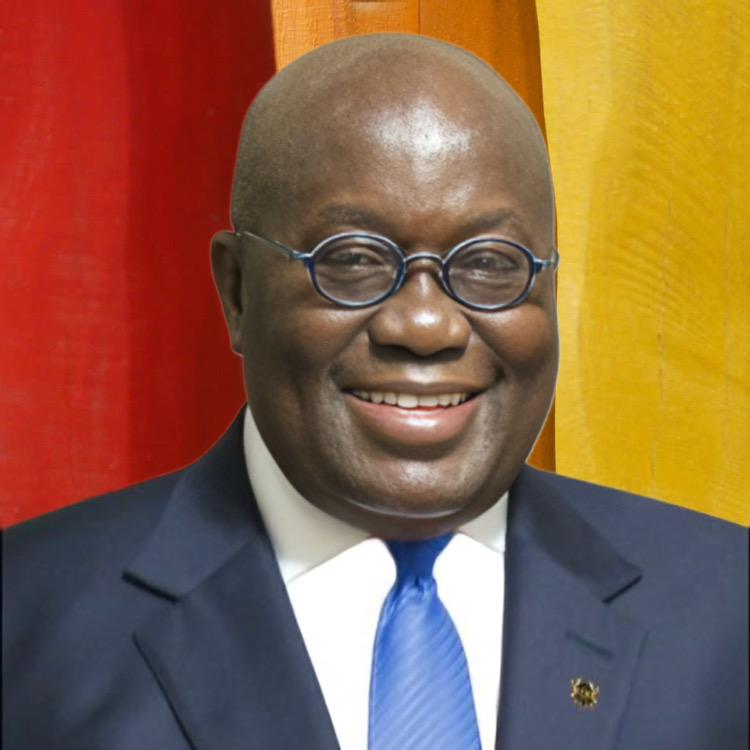
Ghana discovered oil in commercial quantities in 2007 and began production three years later. President Nana Akufo-Addo’s administration moved to expand the sector beyond extraction. His government awarded offshore blocks, encouraged new exploration, and commissioned a major oil and gas services terminal.
Perhaps the most ambitious step was the start of a $12 billion petroleum hub in 2024, designed to add refining and petrochemical capacity. For Ghana, the project is a bid to capture more value locally, rather than ship out crude and buy back finished products. The strategy placed Ghana on the map as one of West Africa’s few states trying to build a downstream petroleum industry from scratch.
5. Mohamed bin Zayed shifted Gulf investment into Africa
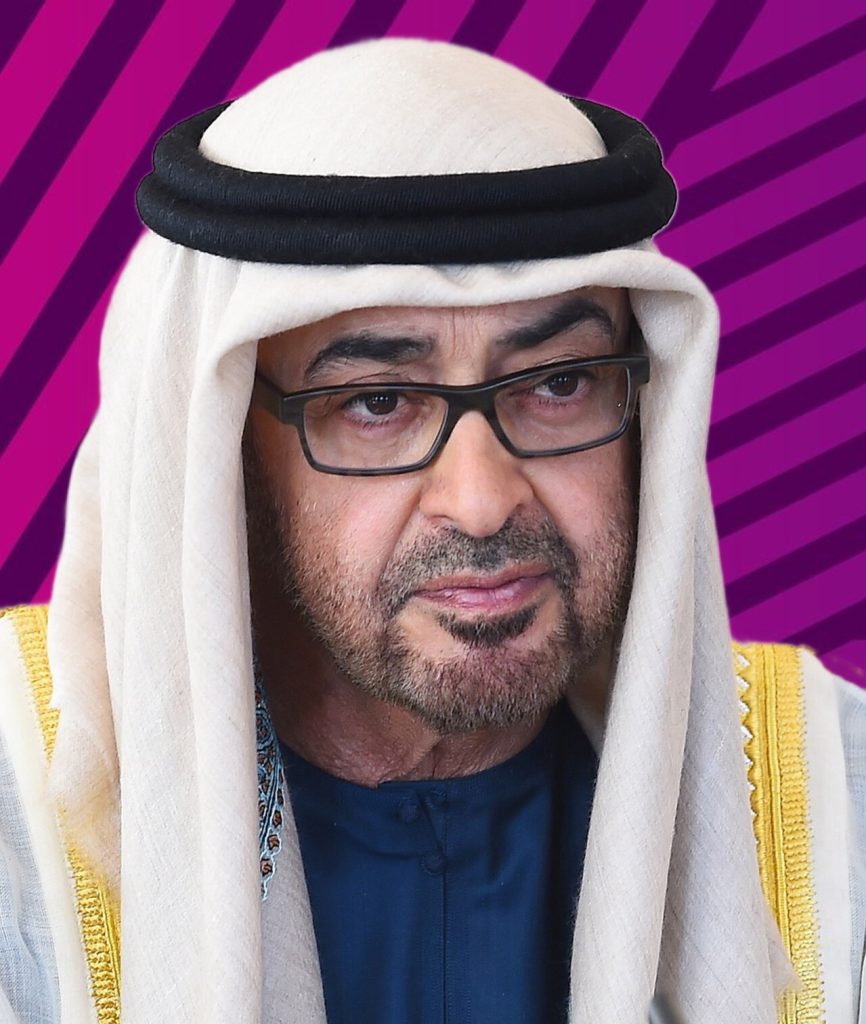
Sheikh Mohamed bin Zayed Al Nahyan is not African, but his influence on the continent’s energy map is hard to miss. As president of the United Arab Emirates, he directed Abu Dhabi’s sovereign wealth funds to pour capital into African projects, especially in renewables.
Between 2019 and 2023, UAE entities pledged more than $110 billion in Africa, with about $72 billion earmarked for renewable energy ventures. That scale of financing surpassed many traditional lenders, giving the UAE a central role in shaping Africa’s transition. That decision also reflected Abu Dhabi’s ambition to wield soft power globally through energy, with Africa as a proving ground.
Conclusion
Each of these leaders altered the way energy is governed, financed, or consumed. Obasanjo injected transparency into oil.
Mohammed VI turned Morocco into a renewables model. Magufuli set new rules for foreign investors. Akufo-Addo shifted Ghana’s focus toward downstream refining. Mohamed bin Zayed used Gulf capital to anchor Africa in the global transition.
Together, they all demonstrate that Africa is no longer a bystander in global energy debates but a defining player.


